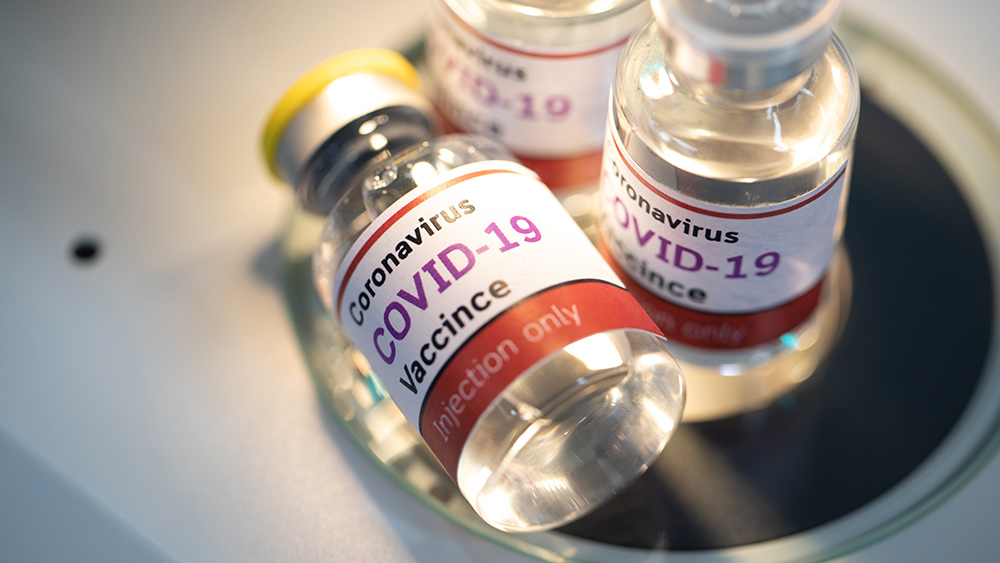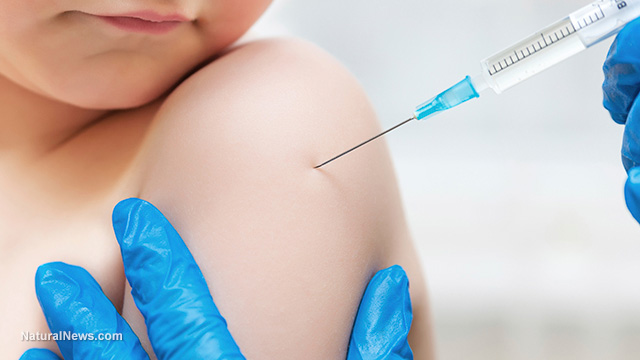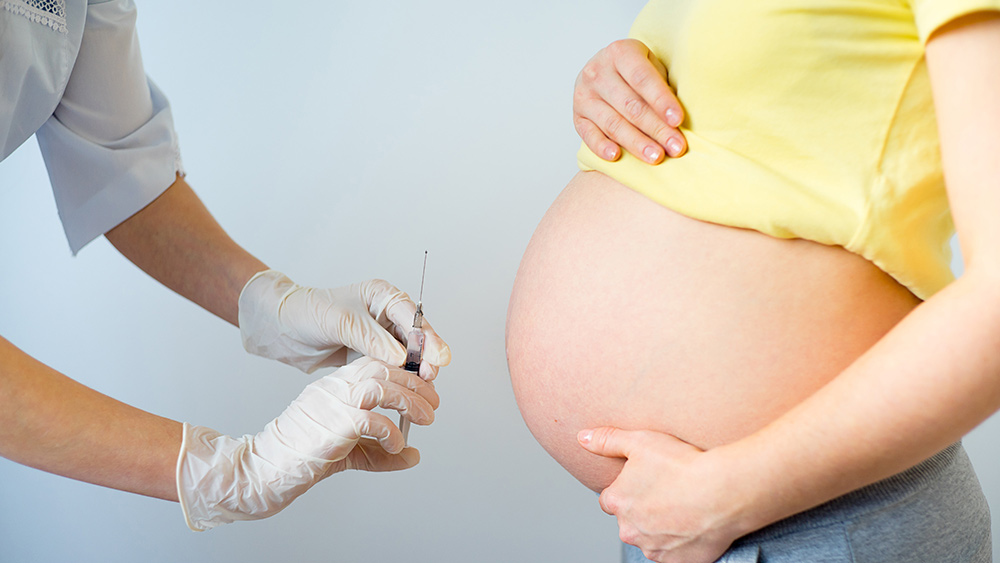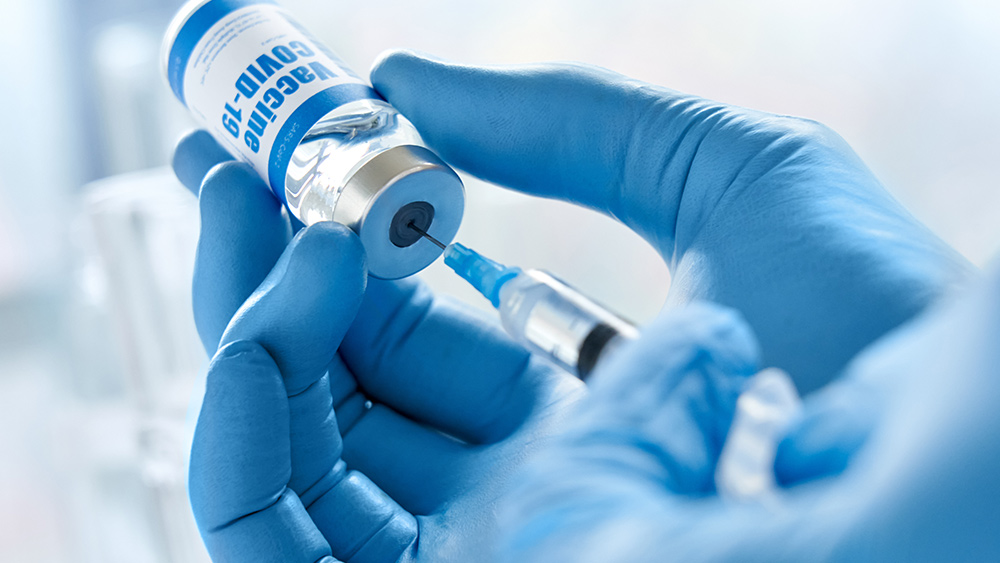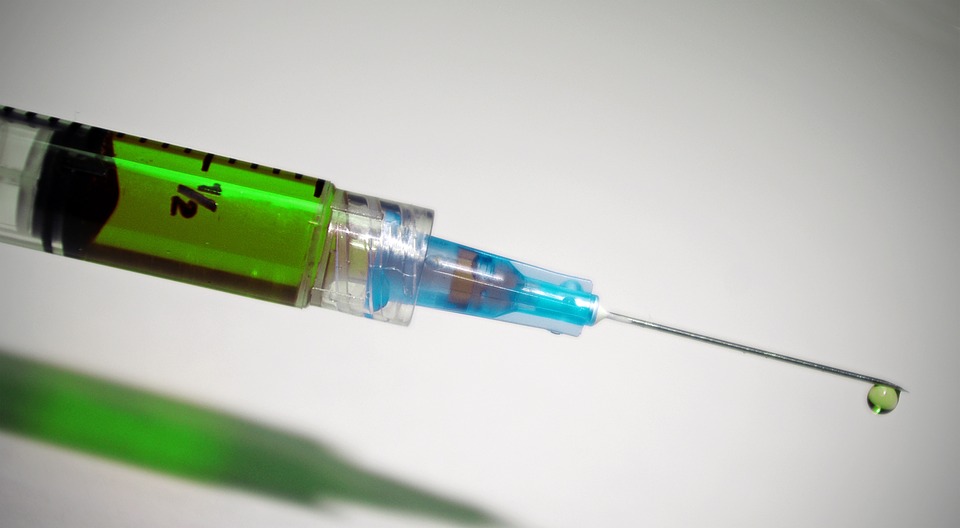Shocking vaccine study finds that teens are being wildly overdosed with multiple HPV injections that do NOTHING to prevent genital warts
05/23/2017 / By Vicki Batts
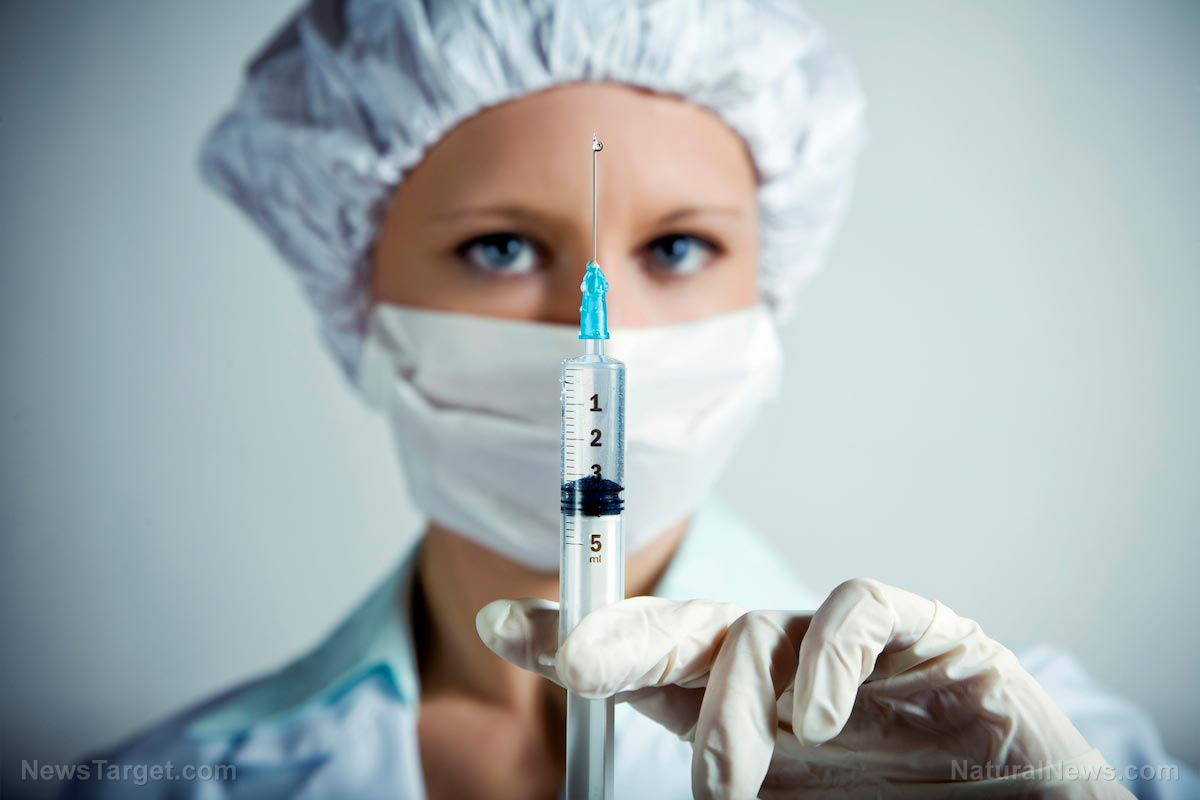
New research has shown that giving three doses of the HPV vaccine is essentially useless and provides no benefit to patients. It’s the first published evidence to support the CDC’s latest recommendation that two doses of the vaccine are more than sufficient to protect against genital warts for children between the ages of 11 and 12.
It’s important to note that the three-dose series of Gardasil first became available in 2006 — over ten years ago. Cervarix hit the market in 2009. At least 32,000 families have reported adverse events following administration of an HPV vaccine, and at least 144 deaths have been documented. Many of these events occur after the second or third dose of the vaccine. And now, after more than a decade has passed, researchers are saying “Oops, we were wrong, three is too many.” Has it really taken them ten years to figure it out, or is the evidence of harm just growing too great?
Rebecca Perkins, MD, an obstetrician at Boston Medical Center and the study’s lead author commented, “The CDC and WHO based the new two dose schedule primarily on immunogenicity results, but there was very little research on how effective that recommendation has been. This study validates the new recommendations and allows us to confidently move forward with the 2 dose schedule for the prevention of genital warts.” However, manufacturers are still recommending the 3-dose schedule for some children under the age of 15. Furthermore, this recent finding raises questions about the vaccine recommendations for people over the age 15, who are still under the 3-dose recommendation category.
As you may know, the HPV vaccine is also touted as being able to prevent cancer caused by certain strains of HPV. In spite of the big push for these vaccines, there is reason to believe that they are not as “protective” as they are proclaimed to be.
As Celeste McGovern of the Children’s Medical Safety Research Institute (CMSRI) explains, Merck’s clinical trials for their HPV vaccine, Gardasil, were just three years long. However, it can take 20 to 40 years for cervical cancer to manifest as a result of HPV infection. The “long-term” benefits of this vaccine are undeniably unclear — and at best, are an overstatement. At worst, the perceived benefit of so-called “cancer prevention” is a gross exaggeration.
According to Dr. Diane Harper, who led clinical trials of the HPV vaccine, explains that in order for the vaccine to be effective at preventing cancer, it needs to hold its efficacy for at least 15 years after administration. However, Merck’s Gardasil is estimated to be “effective” against HPV for a measly 4.5 years. GlaxoSmithKline’s Cervarix inoculation doesn’t fare much better, and is estimated to last for just 8.4 years. In other words, neither vaccine satisfies the 15-year requirement for actual cancer prevention.
McGovern explains further, “Just 8 in 100,000 develop cervical cancer each year in the United States thanks to cervical cancer screening. Yet simulation modeling operating under assumptions of 100% vaccination coverage and lifetime immunity predicts that the incidence rate would be 9.5 per 100,000 in the absence of screening with Cervarix and 14 per 100,000 with Gardasil. So even under these best-case scenarios, vaccination likely would not be more effective than screening at preventing cervical cancer [emphasis added].”
In other words, these vaccines do nothing to actually prevent cancer in real life — despite the overwhelming exaggeration of their benefits. There is an extreme amount of over-confidence in the success of HPV vaccines, when there is little evidence available to actually demonstrate their purported benefits. A three-year clinical trial for a disease that would take a minimum of 20 years to manifest is nothing short of lacking, and it doesn’t take an expert to understand why. How can a vaccine claim to protect against something that hasn’t actually been fully tested? And, in essence, are they not testing these vaccines on those who get them?
Sources:
Submit a correction >>
Tagged Under:
Gardasil, HPV vaccines, vaccines
This article may contain statements that reflect the opinion of the author
RECENT NEWS & ARTICLES
Vaccines.News is a fact-based public education website published by Vaccines News Features, LLC.
All content copyright © 2018 by Vaccines News Features, LLC.
Contact Us with Tips or Corrections
All trademarks, registered trademarks and servicemarks mentioned on this site are the property of their respective owners.


